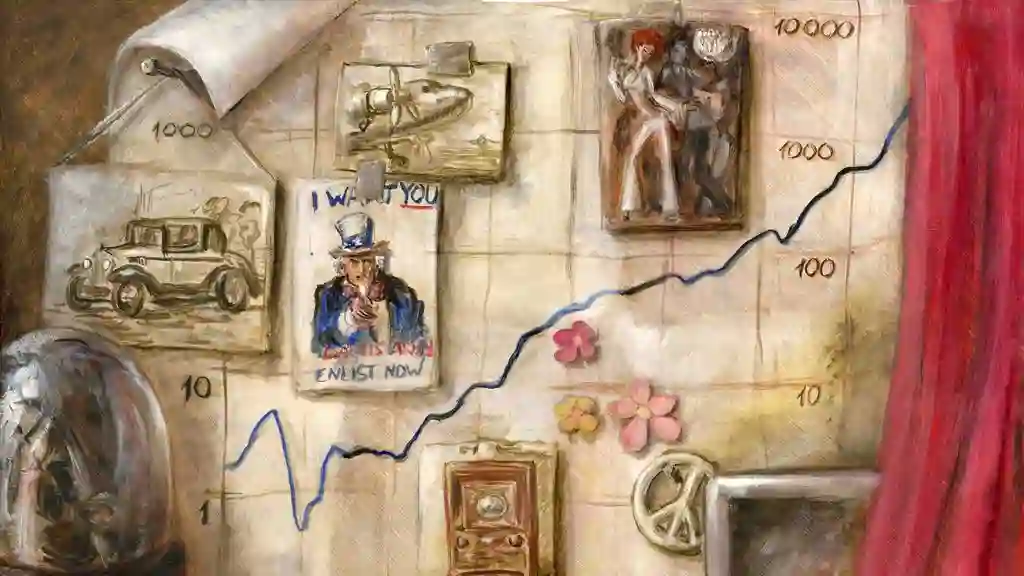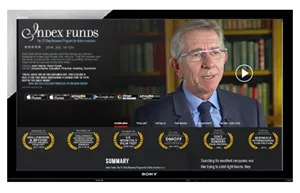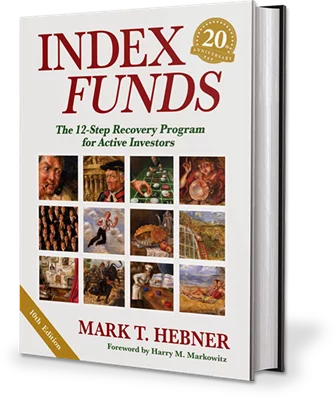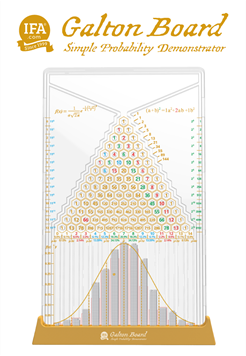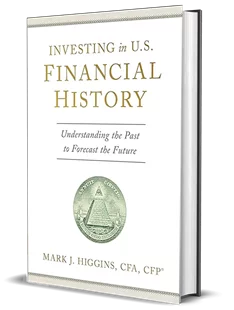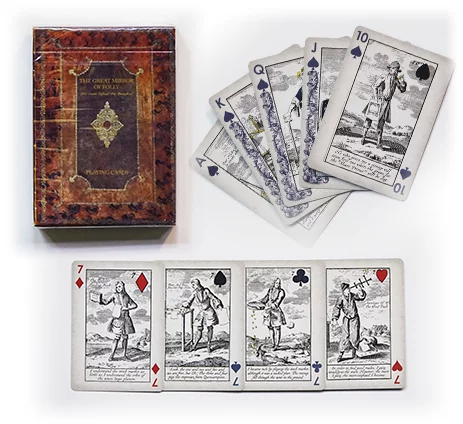A little-known fact about IFA's founder Mark Hebner is that he's an avid collector of antique books about finance and investing. Visitors to our headquarters in Irvine are often shown our library, which contains first editions of some of the most important books written on these subjects since the 1700s.
 Of all the books in the library, perhaps our favorite is an original copy of The Great Mirror of Folly, which was published anonymously in Amsterdam in 1720. The book is written in Dutch (its real title is Het Groote Tafereel der Dwaasheid) and it offers a unique window into two financial bubbles that burst that year — the South Sea Bubble in England and the Mississippi Bubble in France. It also refers to another famous bubble, Tulip Mania, which occurred in the Netherlands in the 1630s.
Of all the books in the library, perhaps our favorite is an original copy of The Great Mirror of Folly, which was published anonymously in Amsterdam in 1720. The book is written in Dutch (its real title is Het Groote Tafereel der Dwaasheid) and it offers a unique window into two financial bubbles that burst that year — the South Sea Bubble in England and the Mississippi Bubble in France. It also refers to another famous bubble, Tulip Mania, which occurred in the Netherlands in the 1630s.
The book is a collection of texts, satirical engravings and poems that critique and mock the folly of investors who were caught up in the speculative frenzy of the time.
Behaviors haven't changed
What makes The Great Mirror of Folly so remarkable, however, is that the behaviors it describes are no different to those displayed by traders and speculators buying and selling, say, meme stocks or cryptocurrencies today. One man, his arms wide open in disbelief, says: "Oh! Craziness robbed many foolish traders of wealth and health, leaving them with empty hands and wallets."
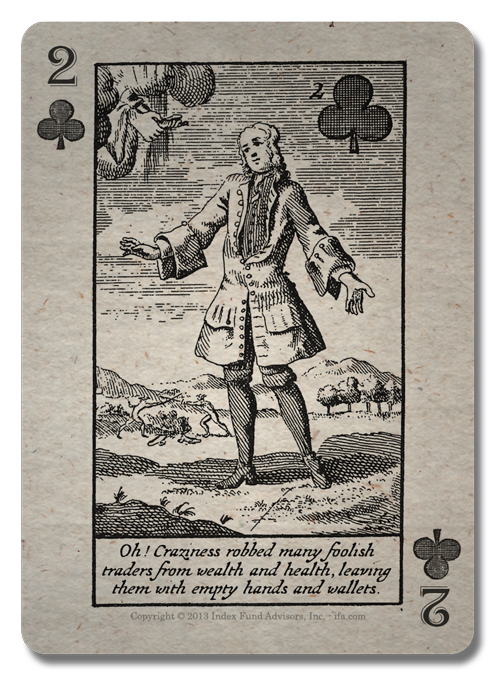
"My stock certificates are worthless," declares another. "They cannot bear the light of day. They quickly fan the flames for only a short time, just like all the bubble stocks."
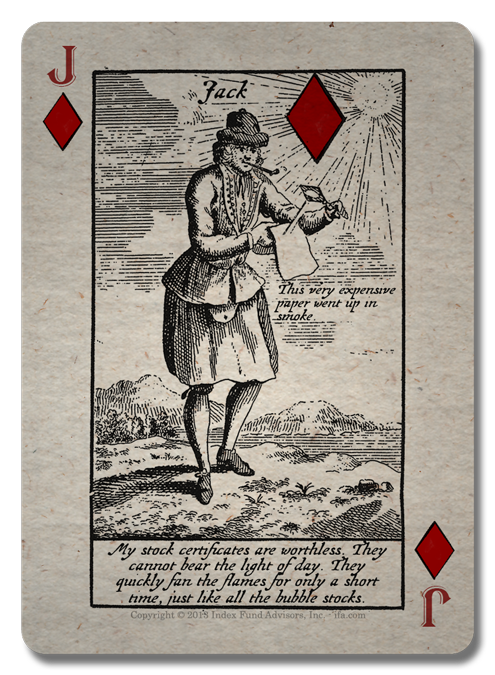
What comes over very strongly in the book is how the traders who lost money thought they had the skill and knowledge required to prosper from their speculation. "I thought I could acquire splendor from my trading skills, says one. "But oh no! In the end, I am broke."
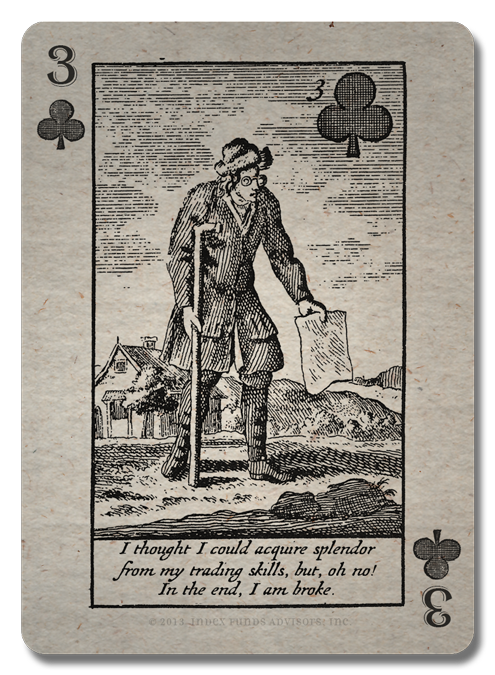
Another holds a book called The Dubious Trading Book and laments: "I understand the stock market as little as I understand the orbit of the seven large planets."
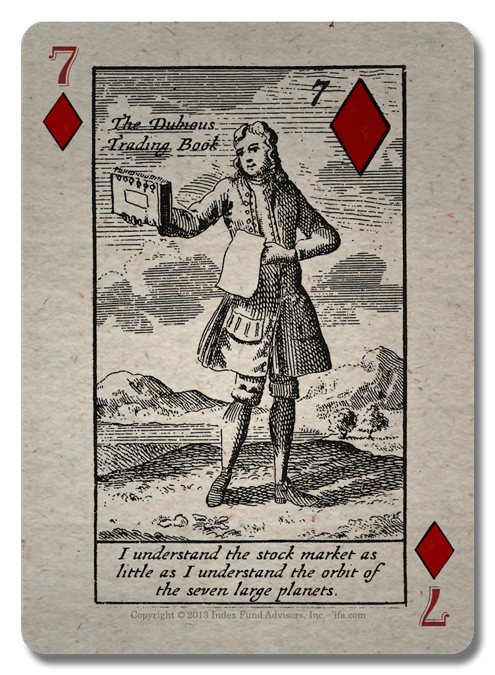
There are, inevitably, a few winners depicted as well. "Fortune brings me out of slavery," says a man by the name of Jack who clearly managed to sell his stocks before they crashed. "My star trader changed me from servant to gentleman, even though many gentlemen became beggars."
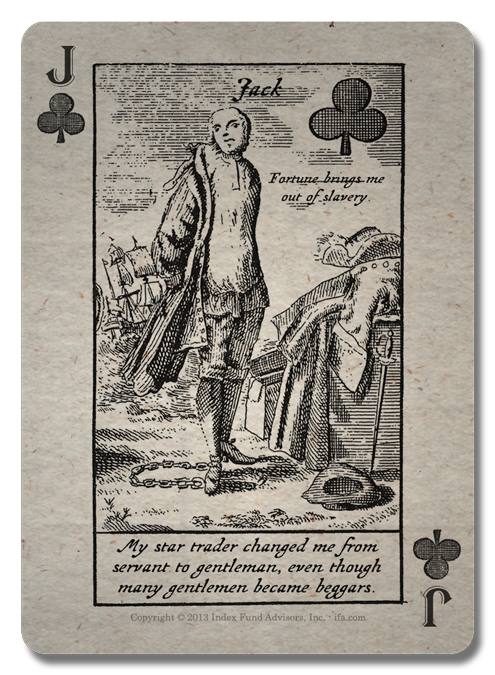
Many more bubbles followed
In the three centuries since The Great Mirror of Folly was published we've seen many more examples of speculative bubbles. For example, Britain experienced Canal Mania in the 1790s, with investors pouring money into canal building. Then came a bubble in railway stocks in Britain in the 1840s, and, to a lesser extent, in the U.S. in the 1870s. There were major stock market crashes worldwide in 1929 and 1987, and two more bubbles burst either side of the Millennium — in Asian stocks in 1997, and in dotcom stocks between 2000 and 2002.
All of these episodes teach us valuable lessons. For a start, market bubbles are inevitable and we need to be prepared for them. We must avoid getting carried away when asset prices rise. We should curb our natural human instinct to follow the herd. And, instead of becoming fixated on the latest flavor-of-the-month investment, it's better to stay broadly diversified across and within different asset classes. In short, we should stop speculating and start investing.
But another vital lesson to learn from financial history is that, although the short-term picture can look truly grim, the long-term picture is far more positive. Diversified investors who learn to ride the financial market rollercoaster and stay the course have generally been rewarded in the long run.
Capitalism has endured
Why, then, has this happened? To put it simply, because global capitalism, or human enterprise if you prefer, has proved to be extraordinarily resilient over the last 100 years or so. Yes, markets have fallen sharply many, many times, and sometimes it has taken a very long time for prices to recover. But, despite huge setbacks to the global economy, they have almost always recovered eventually due to fair prices, fair costs of capital and fair expected returns setting mechanisms of global exchanges.
Just look at the chart below from Step 9 of Mark Hebner's book, The 12-Step Recovery Program for Active Investors. It lists 18 events that rocked the markets. The Crash of 1929, for instance, dealt a devastating blow to the U.S. economy. But there was far worse to come — a long depression and then the Second World War. That was followed by the Cold War, the Korean War and the Vietnam War. Then came the rise of global terrorism, the Covid pandemic and renewed tensions with Russia over the war in Ukraine.
All of these events had major shorter-term impacts on market prices, and yet, in the long term, the market marched ahead. In other words, if you had simply stayed invested and, ideally, carried on investing regularly throughout these different episodes, you would have seen your portfolio recover its value and go on to reach new heights.
Some assets have outperformed others
But, if you look into market history in more detail, there are more specific lessons to learn from it. For example, over the long term, stocks have performed considerably better than bonds or cash. Also, certain types of risk have been better rewarded than others.
As you can see from this next chart, U.S. stocks generally outperformed Treasury bills, between 1928 and 2021. Over the same period, value stocks beat growth stocks, small stocks outperformed large stocks, and high-profitability stocks outperformed low-profitability stocks. True, this outperformance didn't occur over every single time period. But the longer the period, the more likely the investor was to benefit from all of those different risk premiums.
The value of long-term historical data, writes Mark Hebner, is that it "demonstrates the enduring nature of capitalism" and "enables investors to build a portfolio that matches their individual risk capacity while also equipping them with the knowledge they need to stay the course."
So why not take some time to familiarize yourself with financial history? If you'd like to go into more detail, the new book by IFA advisor Mark Higgins, Investing in U.S. Financial History: Understanding the Past to Forecast the Future, is a fascinating read.
But don't just read financial history; learn from it. As the showman, P.T Barnum is reported to have said, "there's a sucker born every minute." Don't be like one of the ashen-faced suckers depicted in The Great Mirror of Folly when, inevitably, the next financial bubble bursts.
If you would like to see more sketches from The Great Mirror of Folly, with English translations, click here.
Robin Powell is the Creative Director at Index Fund Advisors (IFA). He is also a financial journalist and the editor of The Evidence-Based Investor. This article reflects IFA's investment philosophy and is intended for informational purposes only.
This article is intended for informational purposes only and reflects the perspective of Index Fund Advisors (IFA), with which the author is affiliated. It should not be interpreted as an offer, solicitation, recommendation, or endorsement of any specific security, product, or service. Readers are encouraged to consult with a qualified Investment Advisor for personalized guidance. Please note that there are no guarantees that any investment strategies will be successful, and all investing involves risks, including the potential loss of principal. Quotes and images included are for illustrative purposes only and should not be considered as endorsements, recommendations, or guarantees of any particular financial product, service, or advisor. IFA does not endorse or guarantee the accuracy of third-party content. For additional information about Index Fund Advisors, Inc., please review our brochure at https://www.adviserinfo.sec.gov/ or visit our website at www.ifa.com.


